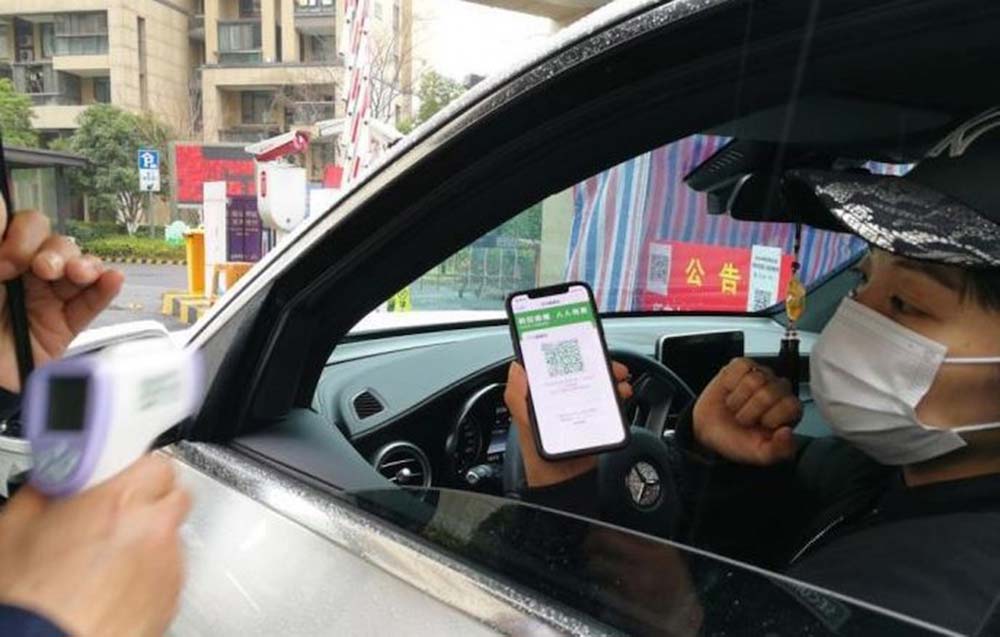Residents of Wuhan, the Chinese city where the COVID-19 pandemic began, were free to move about Wednesday after a government-ordered lockdown was lifted, but only if they have the “green light” on their iPhone.
Freedom comes with a QR code residents are required to carry on mobile devices like their iPhones – and can be restricted at any moment should the scanned code flash the wrong color.
The pandemic has tested personal freedom and social responsibility across the globe. The historic coronavirus has infected more than 1.4 million people and killed more than 83,000 others
Governments and health officials have sought to slow the outbreak through a series of social distancing and shutdown orders that have closed schools, many businesses and factories and forced most of us into self-quarantine.
China health code app colors decide your freedom
But China’s QR code, which is downloaded through WeChat or the wallet app, Alipay, turns government containment strategy into a potentially hostile surveillance program, critics say. A New York Times analysis of the system earlier this year found that information from codes gets shared with police.
The health code assigns the colors of a traffic light and draws on data that automatically decides whether someone is a risk to the community and, thus, bans them from entering a public space.
Green means a person is not in quarantine and is free to go about their daily business. Yellow and red means the person has to quarantine themselves or undergo supervised quarantine.
The QR code offers no explanation to users who suddenly hold a yellow or red app.
The Alipay website says yellow or red codes could mean the person had contact with an infected person, visited a virus hot zone or may have reported symptoms.
The system pulls in data about coronavirus cases and government data for train, bus and airline bookings. Residents sign up with their name, national identify number, facial recognition and answers to a series of questions on travel history, health and relationship to carriers of the virus.
Checkpoints include transportation centers, companies, apartment complexes and public facilities.
“Even if we can accept an erroneous assessment concluded by this system, there’s no follow-up procedure through which we can file a complaint,” Ma Ce, an attorney based in Hangzhou, told the website Abacus. “As such, I just have to idly wait. This entirely nontransparent – or perhaps impossible-to-be-transparent – algorithm exacerbated our sense of helplessness in the face of such a major impact on our lives.”
The QR code started as a pilot program in February and was ordered nationwide last month.



